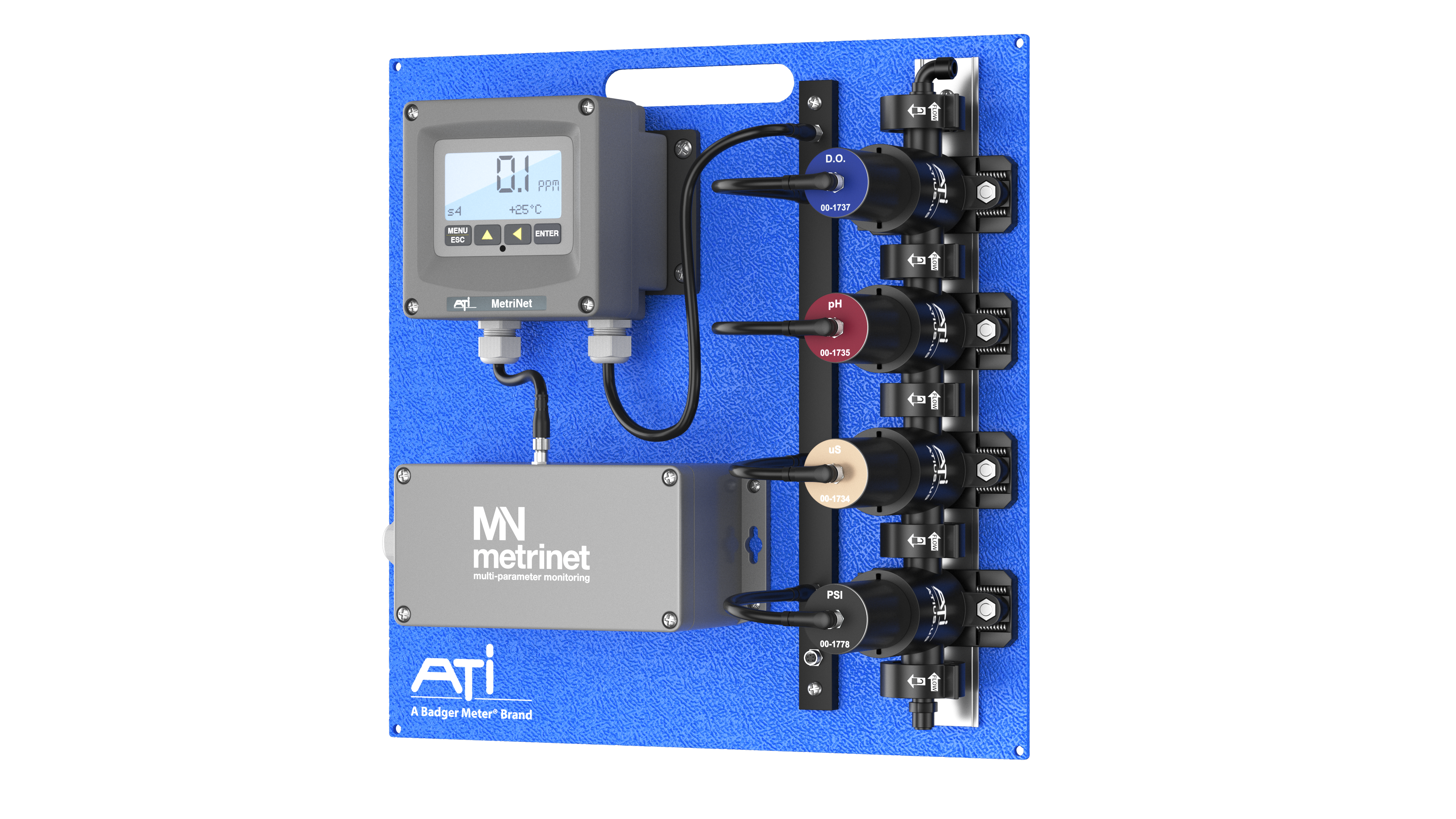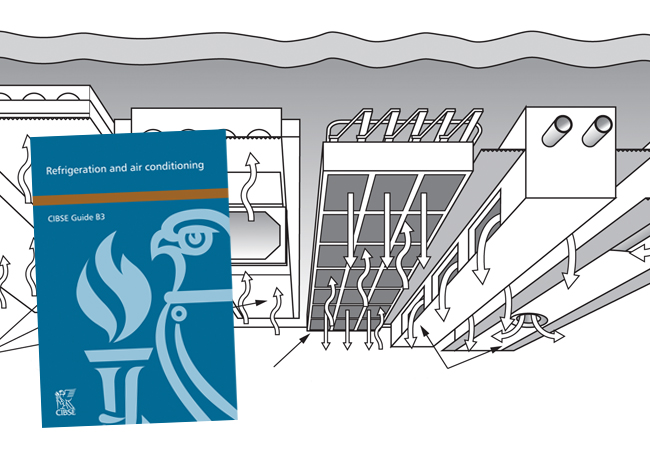
A new edition of Guide B Heating, Ventilating, Air Conditioning and Refrigeration has been in preparation for some time and is about to be published, replacing the previous 2005 version. Guide B has been one of CIBSE’s main publications since its first appearance as a loose-leaf volume in 1940.
For more than 75 years, it has evolved in content and form, but always with the objective of providing an overview of guidance to good practice in the selection and design of HVAC systems.
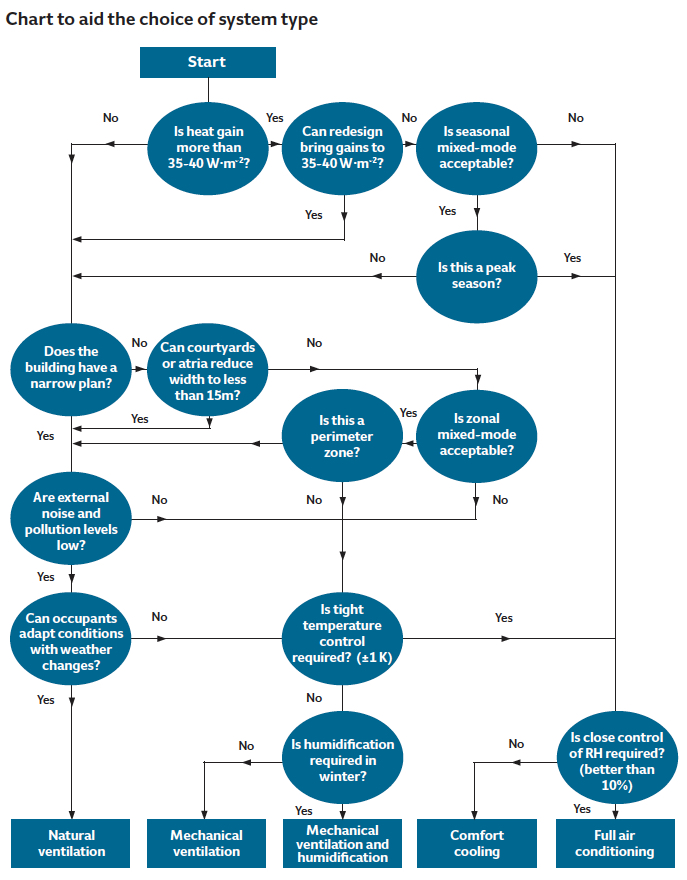
The air conditioning and refrigeration section features a decision tree to help designers select systems
Chapter 3 of the new guide brings together the air conditioning and refrigeration sections. Previously air conditioning was partnered with ventilation. Much of the previous air conditioning material – updated where necessary – has been moved to the first part of this chapter; there are some topics that are also relevant to Chapter 2 – Ventilation and Ductwork – and some duplication may be found.
The overall purpose of the chapter is to provide detailed guidance for those involved in the design and specification of air conditioning systems. With any project, there will be numerous alternatives at every stage, and the approach takes the reader through the options, describing them and highlighting advantages and disadvantages.
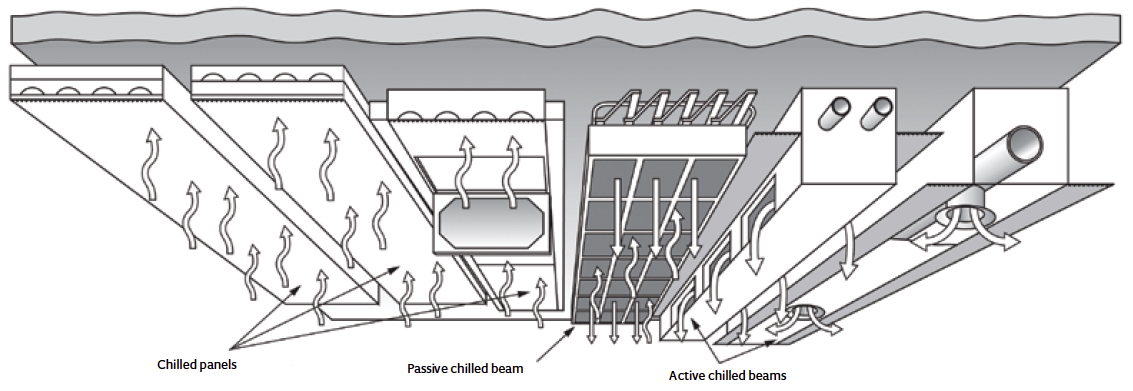
Chilled ceiling types: New Guide B has numerous diagrams such as this one on chilled ceilings to aid understanding
Following an overview that highlights essential environmental considerations and whole-life cost, there is a general introduction to the air conditioning section. The approach is to look first at strategic considerations.
This prompts the main questions to be asked and information about each topic is provided.
Getting conditioned air to where it is needed leads into room air movement phenomena, in association with various strategies, such as the use of ceiling or floor-height space to duct or distribute cooled air as required.
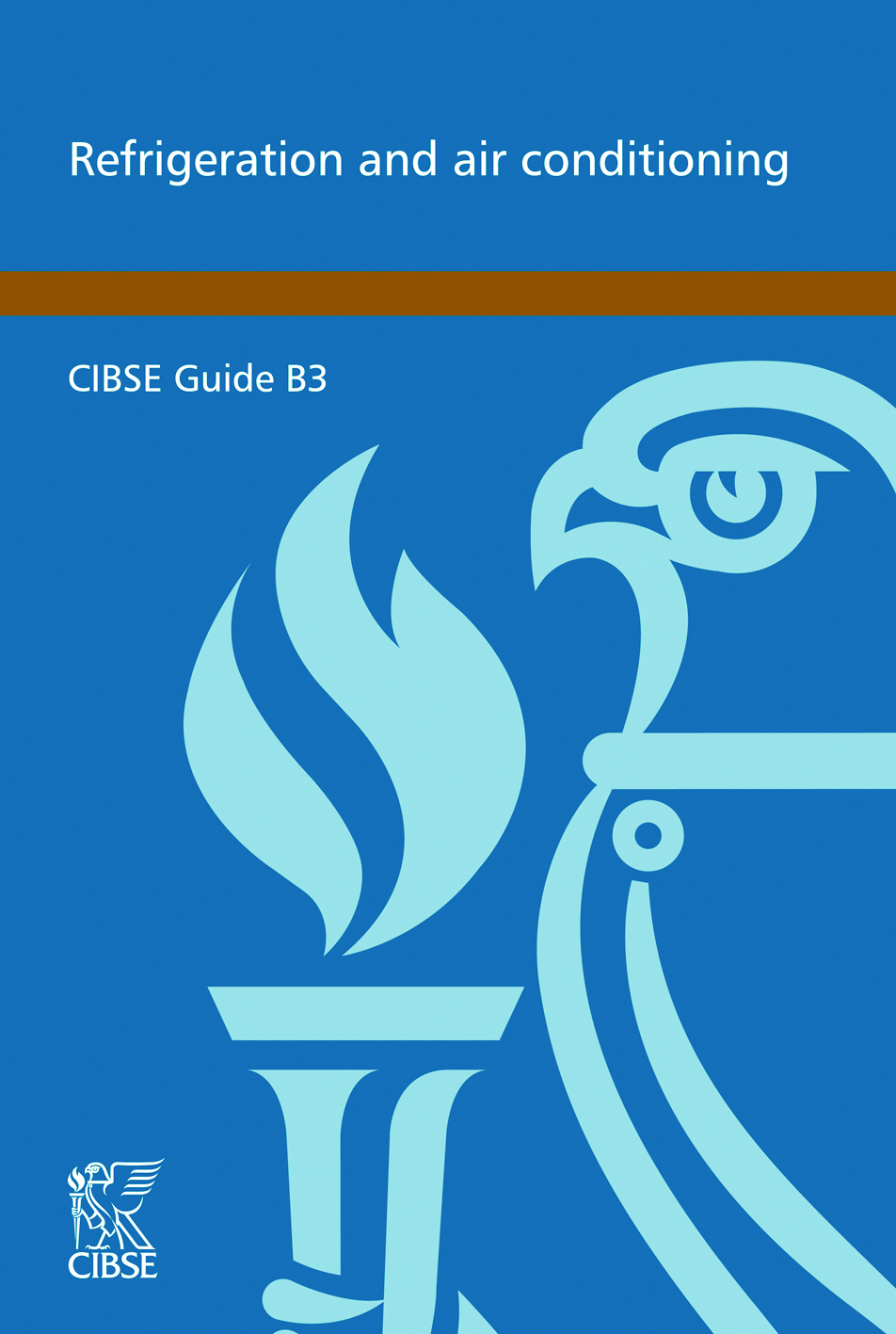
The physics principles do not change and this material is drawn from the previous Guide B edition.
The distinction between air conditioning and comfort cooling is also explained. Where natural ventilation can satisfy part of the requirement – termed mixed mode – detailed strategies and provisions for these systems are given.
A strategy to be adopted for cooling and dehumidifying the local air supply is the next major step for the designer. Potential candidates include a centralised scheme, comprising a water-based or hydronic system, where water is chilled in a central plant for distribution around the building or an air-based scheme, where the air to be supplied is temperature – and maybe humidity – controlled centrally and ducted to local areas.
Localised systems generally use the refrigerant itself as the distribution agent and these are termed direct expansion systems. More detail on system types is provided in the refrigeration section where the pros and cons of all these cooling methods are discussed. An alternative – where local conditions permit – is a ground air cooling system that takes outside air through a ground heat exchange process to remove heat before treatment.
New material covering use of the vapour compression cycle for heating has been added, with a description of reversible systems and unitary heat pumps, both ground and air source.
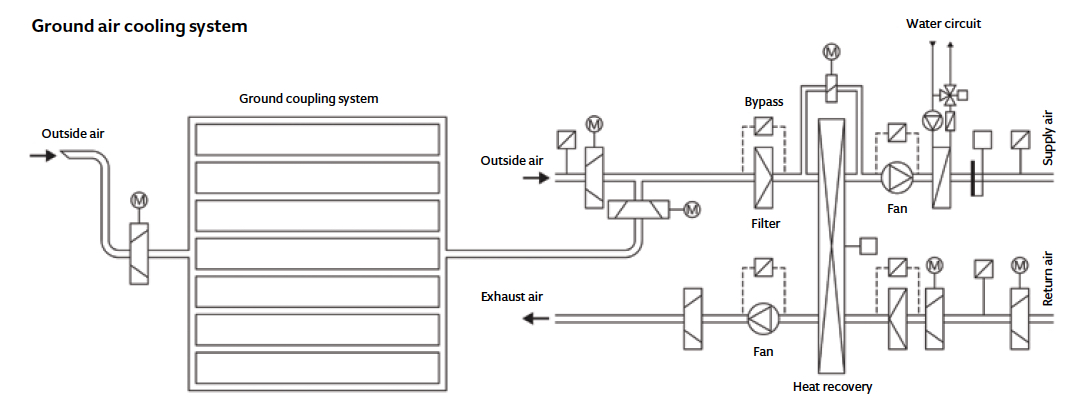
Finally, the air conditioning equipment section deals with specific items associated with processing air such as: intake and discharge points; heat recovery devices; humidifiers; fans; and air flow control.
Refrigeration, in the context of this chapter, deals with the cooling and heat rejection equipment necessary to provide the cooling that air conditioning requires.
This part of the guide is a development of chapter 4 of CIBSE Guide B (CIBSE, 2001–2). It has been comprehensively revised to take account of developments in the intervening years, in particular to incorporate guidance on health and safety issues, new regulations, and updated refrigerant information.
What's new in Guide B
The new version of Guide B continues to give an overview of good practice in HVAC specification and design. Content has been added where there is new information and experience, wording has been clarified where necessary, and sections that are now less relevant have been judiciously pruned.
With the declining importance of printed literature, the new version has reverted to having separate chapters available in both printed and downloadable versions, with one exception – a new, online only, chapter B0 Applications and Activities: HVAC strategies for common building types.
Intended as a subject introduction for trainee engineers, or for the more experienced faced with an application with which they are unfamiliar, it summarises issues around the selection and design of HVAC systems and highlights typical problems and solutions for specific buildings and user activities.
Member contributions make up much of the content and we hope to draw on the wider experience of readers to boost its value, especially by adding guidance for applications for which we were lacking good, recent knowledge. As it’s an online-only document, new details should be relatively easy to add – so, if you think you can fill gaps or expand existing sections, please get in touch.
Detailed information on HVAC system characteristics, design and selection, and on generic issues, such as acoustic and vibration control, is found in the later chapters, which retain the structure of the previous edition:
- B1: Heating, including hot water systems and a new annex on hydronic systems, (also applicable to chilled water systems)
- B2: Ventilation, including ductwork
- B3: Air conditioning and refrigeration
- B4: Noise and vibration control for building services systems.
The level of detail varies; where comprehensive guidance from CIBSE or other sources is available, Guide B is relatively brief and refers to these sources. This is the case, for example, for low carbon systems such as heat pumps, solar thermal water heating and combined heat and power. On-site energy generation such as wind power and photovoltaics are not covered. Information on energy efficiency and sustainability can, of course, be found in Guides F and L.
Since the last edition of Guide B in 2005, the European Energy Performance of Buildings Directive has been introduced. This requires national building energy regulations to be based on calculations integrating the impact of the building envelope and the building services systems, formalising what is already recognised as good design practice. In addition, the use of voluntary energy efficiency and sustainability indicators has increased. These changes have influenced content, but the emphasis remains on system selection and design.
Regulatory requirements are not described in detail – information varies between jurisdictions and is liable to change more rapidly than the guide can be updated. Instead, the existence of regulations is signposted and their general scope explained. Emphasis is on the UK, but much of the guidance is applicable in countries with similar climates and regulations, so its use overseas should be carefully considered.
- Roger Hitchin is chair for the CIBSE Guide B Steering Committee
The introduction emphasises the environmental considerations that should be examined at an early stage, including energy efficiency. No longer is it sufficient to satisfy the cooling demand; it must be done in an energy efficient way, and the means of achieving this are to be found here. Encouragement is given to the application of heat pumps, ‘free cooling’ and integrated heating and cooling systems.
It is not practical in this review to list all the possibilities, but attention is drawn to new developments, in particular the use of carbon dioxide as a refrigerant, both directly and in the form of a secondary coolant.
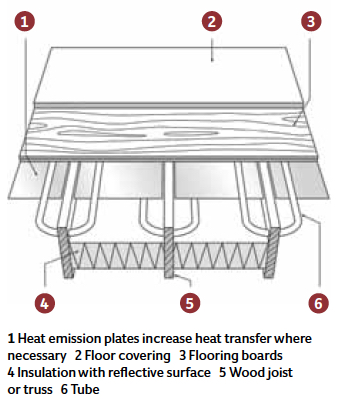
Cooling pipework in sub-floor
Variable refrigerant flow (VRF) systems, whose flexibility has stimulated growing demand, are given more coverage. VRF popularity has also prompted the launch of a dedicated CIBSE VRF Guide. Novel methods – such as adsorption and magnetic refrigeration – are included, although readers should consult references for up-to-date information about commercial adoption.
Refrigeration components, evaporators, condensers, compressors, and so on are described in outline and the guide concludes with an overview of controls and maintenance.
This guide will give designers a good insight into possibilities that may be unfamiliar, and is backed up by an extensive list of references. A comprehensive index, and a search function in the electronic version, should speed access to the desired information.
- Guide B is available from the CIBSE Knowledge Portal
- Guy hundy is chair for the Air Conditioning and Refrigeration chapter of Guide B


